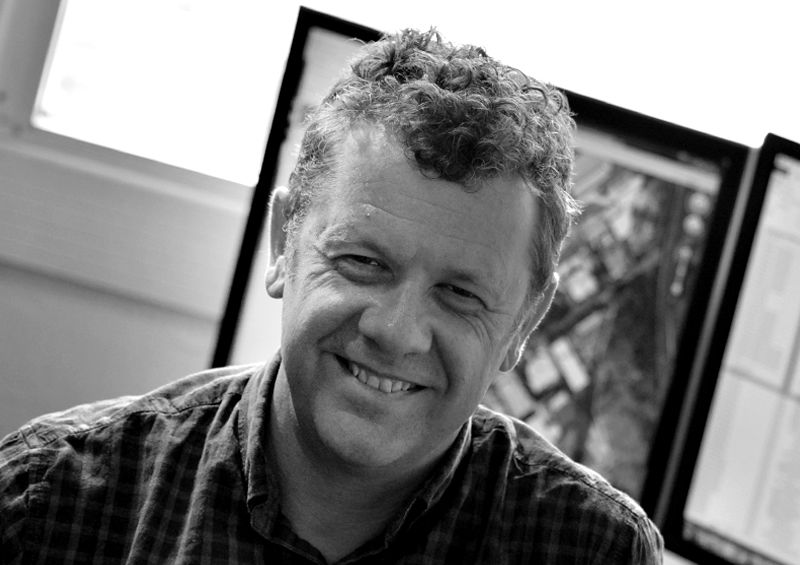The population and housing forecast for Riverina-Murray region
Region (SA4): 113 - Riverina
Region (SA4): 109- Murray
Published: February 2024
Version: 5.1.1
Read forecast analysis and insights for the Riverina-Murray region from Australia's largest independent population forecasting team.
Detailed forecasts are available for this region
Our premium services give you detailed forecast information for this region to help you invest in the right place, at the right time.
- Forecasts by age and sex
- Single-year forecast periods
- Custom local area geography
- Forecasts of housing and development
Menu
Read the insights and analysis behind our population and dwellings forecasts for the Riverina region.
About the Riverina region
The Riverina SA4 encompasses the Riverina agricultural region of south-western New South Wales. The Riverina is known for being one of the most productive and agriculturally diverse regions in Australia.
Ten Council areas are wholly contained within the SA4, with a further five Council areas partly included. Of these the largest in terms of population are Griffith, Wagga Wagga and Leeton.
About the Murray region
The Murray SA4 encompasses an area that stretches from Albury and its surrounds, all the way westwards along the Murray River to Wentworth Shire, with portions of inland regional shires and their towns.
Key findings
Growth in the Riverina-Murray region is centred around key population centres, with rural areas remaining relatively unchanged in population numbers but experiencing an ageing of the community.
Over the forecast period, the Riverina SA4 is set to grow by 22,000 persons between 2021 and 2041, from a population of approximately 164,000 to 186,000. This represents an annual average growth of 0f 0.5% over the period. The majority of this growth occurs within the major population centres of Wagga Wagga and Griffith.
Wagga Wagga LGA area accounts for 46% (75,000 persons) of the total population of the Riverina SA4. As one of the largest inland regional cities within NSW, with a large commercial business centre and home to Defence Force training bases and Charles Sturt University, the city is projected to grow by 15, 518 by 2046, representing 49% of the total Riverina population (or an average growth of 0.75%). The SA2 in Wagga Wagga that is the most populous is Wagga Wagga South with a total population of 22,300 in 2021, growing by 3,200 to a total of 25,900 persons. However, the area with the greatest growth in the Riverina over the period is Wagga Wagga Surrounds (an average annual growth rate of 1.40%), which will contribute 25,261 persons to the total Riverina population by 2046. This area has a significant supply of greenfield land, which will provide residential development opportunities over the period.
Griffith is projected to grow by a total of approximately 4,600 persons over the forecast period, from 33,600 to 38,200, representing a total average annual growth rate of 0f 0.5%. The vast majority of this is within the urban boundary of Griffith, with only an increase over the period of 400 people occurring in the rest of Griffith City.
The remaining areas of the SA4 contribute 1,896 persons to the overall population of the SA4, experiencing relatively little growth over the period, with many areas being fairly stable. The more rural areas of the SA4 are forecast to experience an ageing of the population over the period. This is mainly because younger adults and school leavers are more likely to leave, attracted to Sydney or Melbourne, or alternatively into larger regional centres (such as Wagga Wagga).
The Murray SA4’s ERP is set to grow from 123,332 in 2021 to 151,185 in 2046. Over the forecast period that is an increase of 27,853 within the forecast period. Annually, that is 1% growth each year within this SA4 Most of this growth is seen with the major population centres along the Murray River, specifically Albury within the Albury City LGA.
Albury City LGA is projected to provide 60 % of ERP in the SA4. This can be seen in the projection for the SA2 of Albury – East, which contains the Thurgoona Wirlinga Precinct, which will nearly double the ERP of this SA2, from 17,847 in 2021 to 35,148 in 2046. Other SA2s within the Albury LGA are projected to grow steadily over the forecast period.
SA2s with regional population centres along the Murray River such as Moama or Buronga are experiencing small but stable growth. Other areas that are located more inland remain steady with a few SA2s on the decline in ERP throughout the forecast period.
What share of Australia's growth will occur in New South Wales?
Read our forecast results and analysis for New South Wales on the resources page. Watch the webinar recap or see a summary slide pack to learn what's driving growth in Australia, and each region of the state.
Forecast results
The following forecast information is for the entire Riverina SA4.
Learn more about the different options to access these forecasts for Local Government Areas (LGAs), suburbs, custom catchments or the entire state or nation here.
| 2021 | 2026 | 2031 | 2036 | 2041 | 2046 | |
| Forecast Population | 287,563 | 297,910 | 308,116 | 318,560 | 328,574 | 338,079 |
| Change (five year) | 10,348 | 10,206 | 10,444 | 10,014 | 9,506 | |
| Average Annual Change (%) | 0.71 | 0.68% | 0.67% | 0.62% | 0.57% | |
| Forecast Dwellings | 94,957 | 98,936 | 102,815 | 106,916 | 110,875 | 114,815 |
| Change (five year) | 3,979 | 3,880 | 4,101 | 3,959 | 3,940 | |
| Average Annual Change (%) | 0.82% | 0.77% | 0.79% | 0.73% | 0.70% |
1 national forecasting program.
6 ways to explore.
![]()
forecast.id
Plan for the changing needs of your community with a trusted forecast of population and housing in your Local Government Area, published in an accessible online tool.
![]()
forecast.id premium
Bring the full power of our National Forecasting Program into your organisation. We'll work with you to tailor a data partnership supported by briefings from our experts.
![]()
forecast.id partners
Our pay-per-download program gives our consulting partners instant access to reliable and respected forecast information on a project-by-project basis.
![]()
forecast.id hotspot report
Find a location near the people you serve with a tailored report that identifies up to ten locations with the highest number of people in your target demographic.
![]()
forecast.id location report
Whether you're investing in a new location or checking your current strategy is on track, forecast.id location reports quantify future demand around a known location.






.png?width=600&height=400&name=Meet%20the%20team%20%20Oliver%20Bowering%20(1).png)
